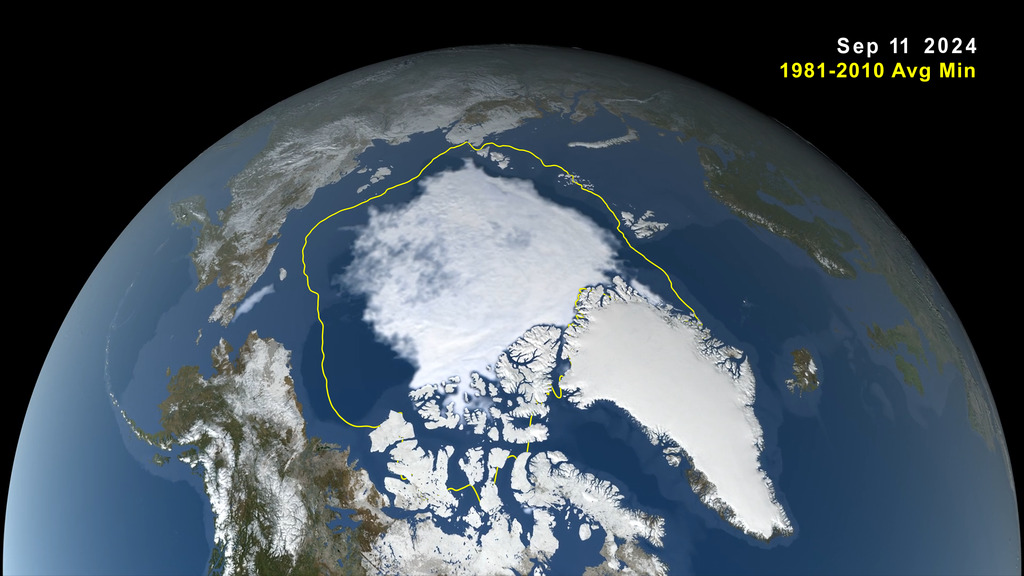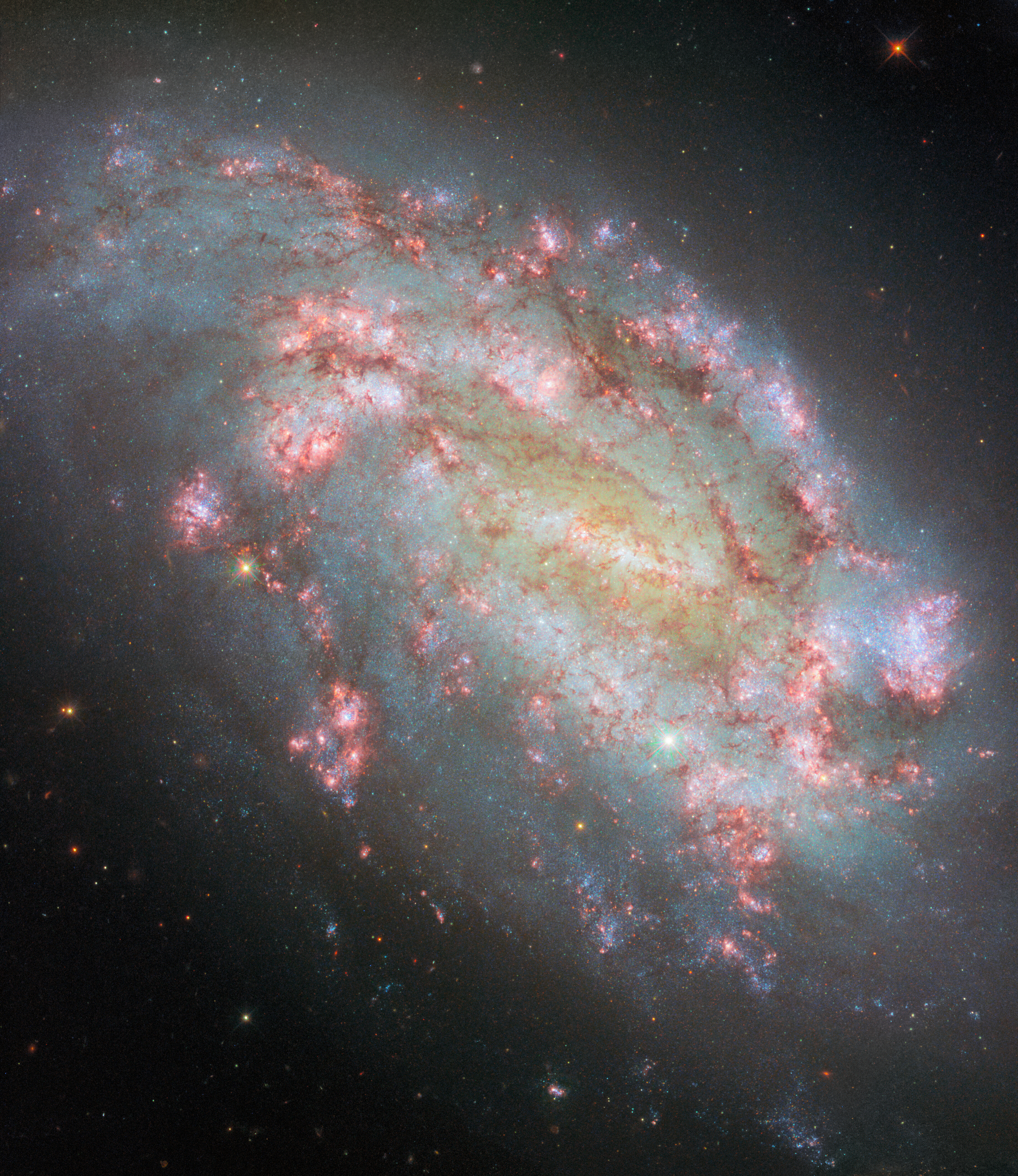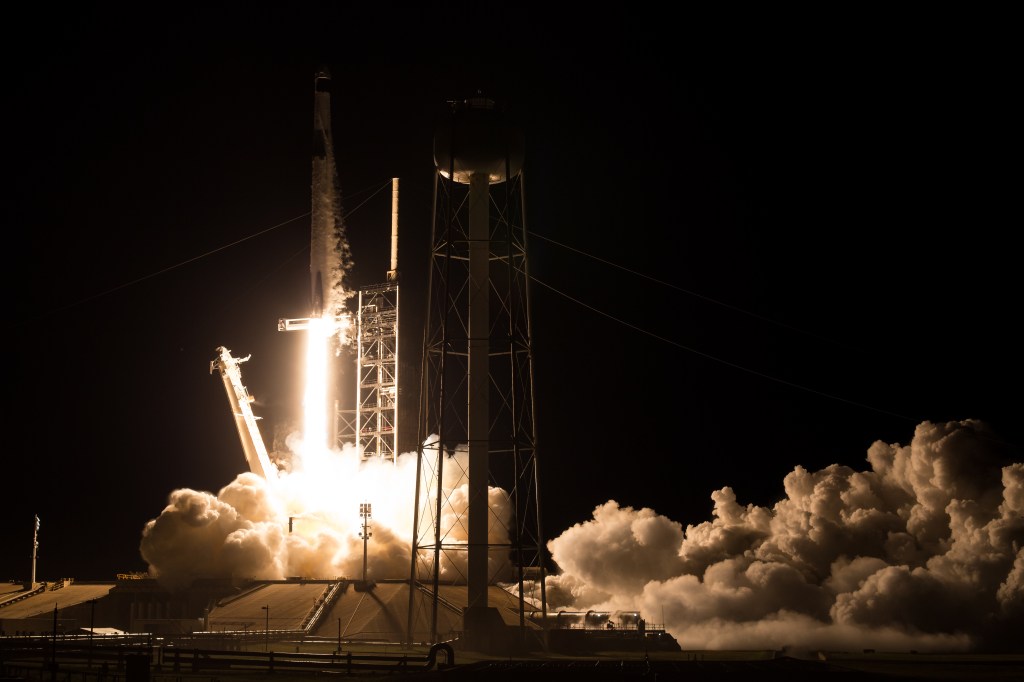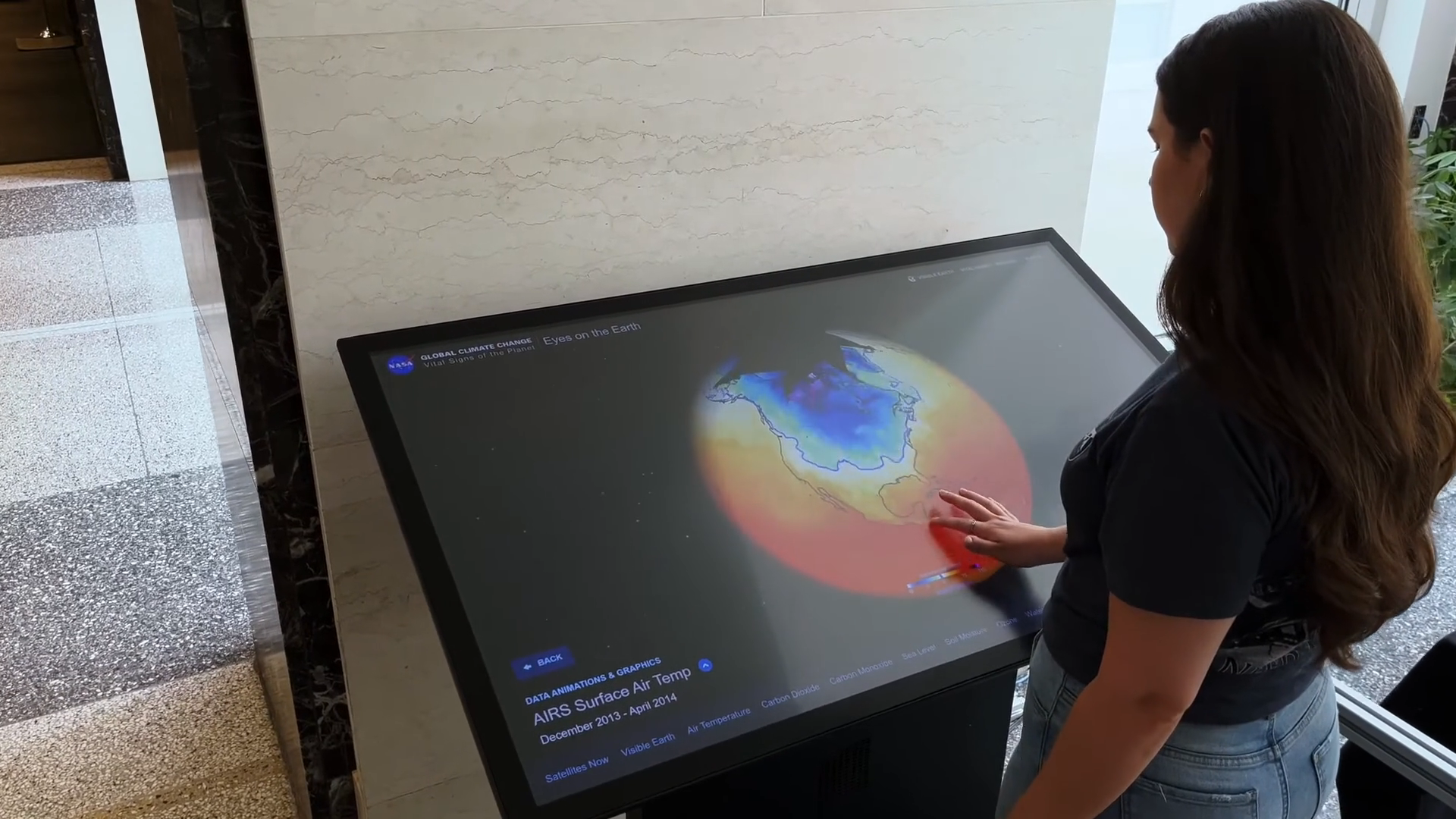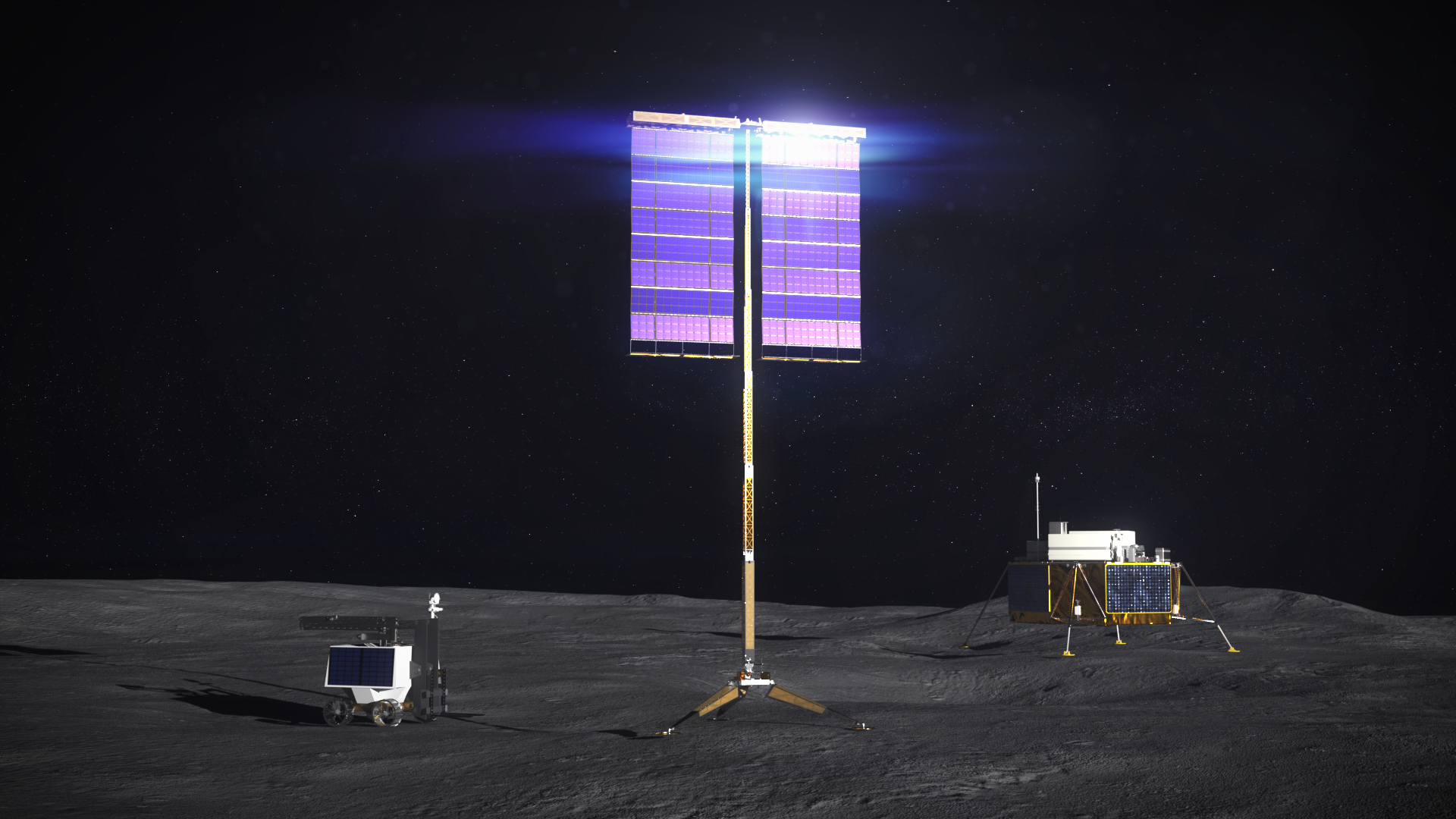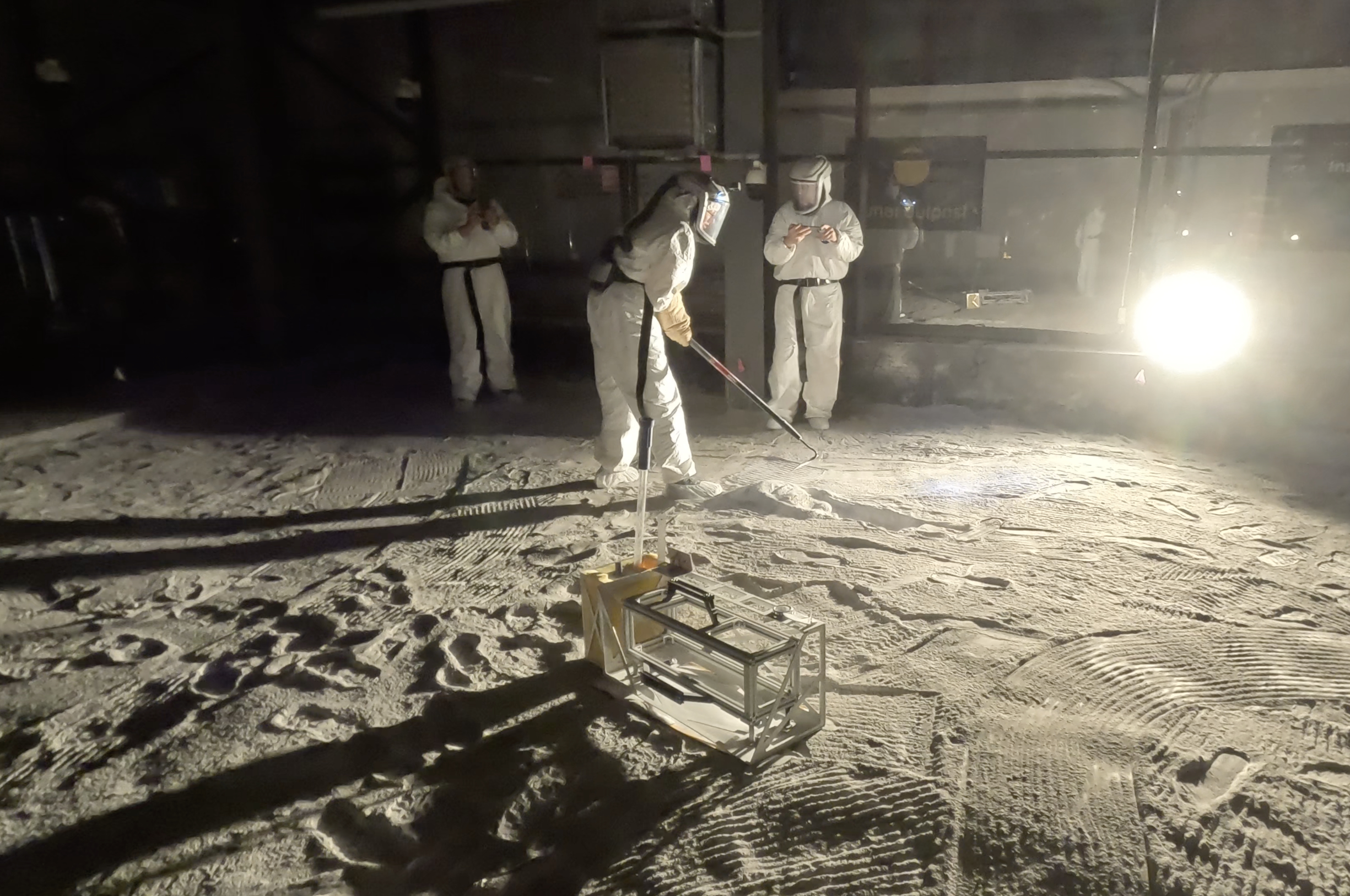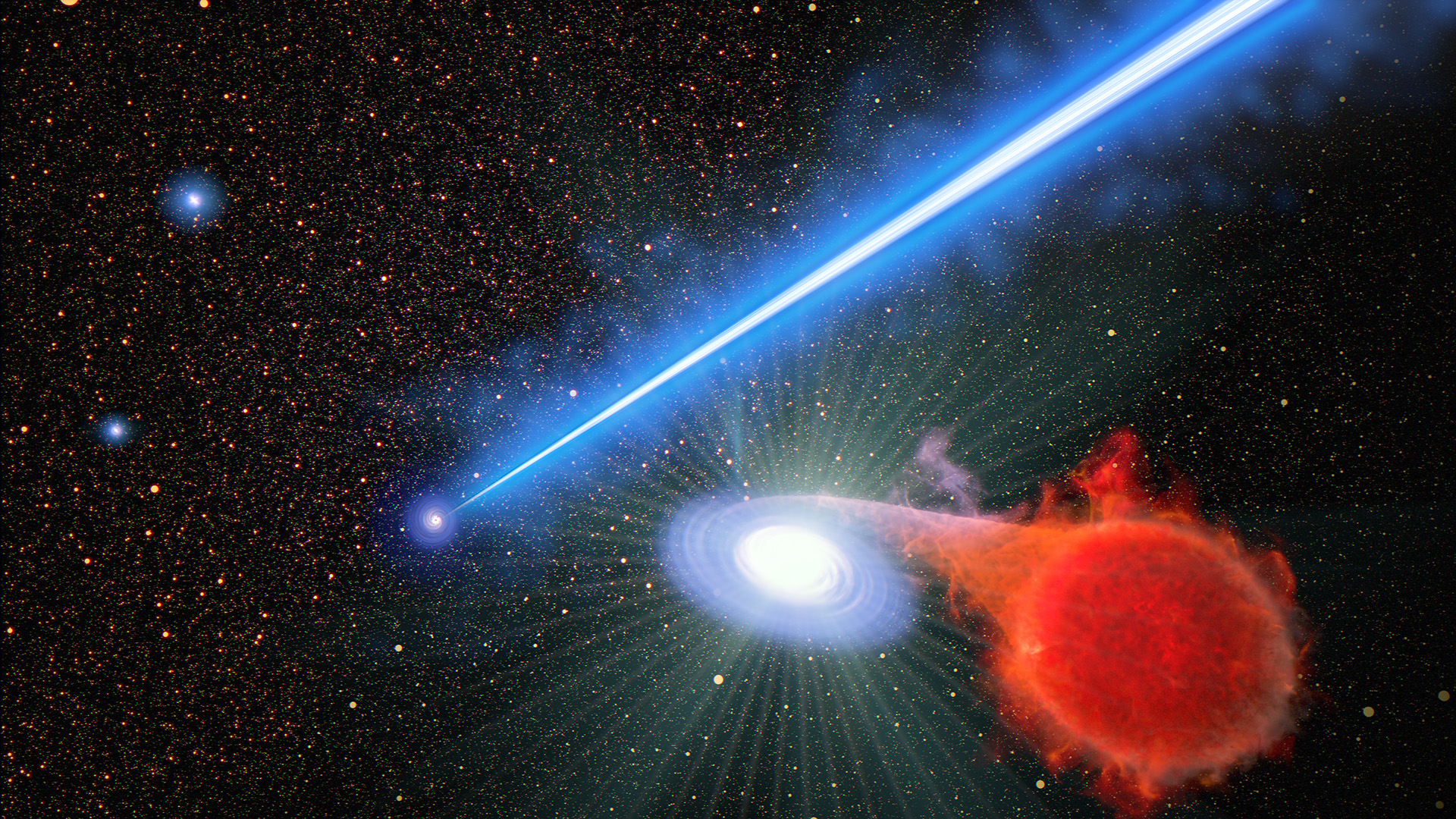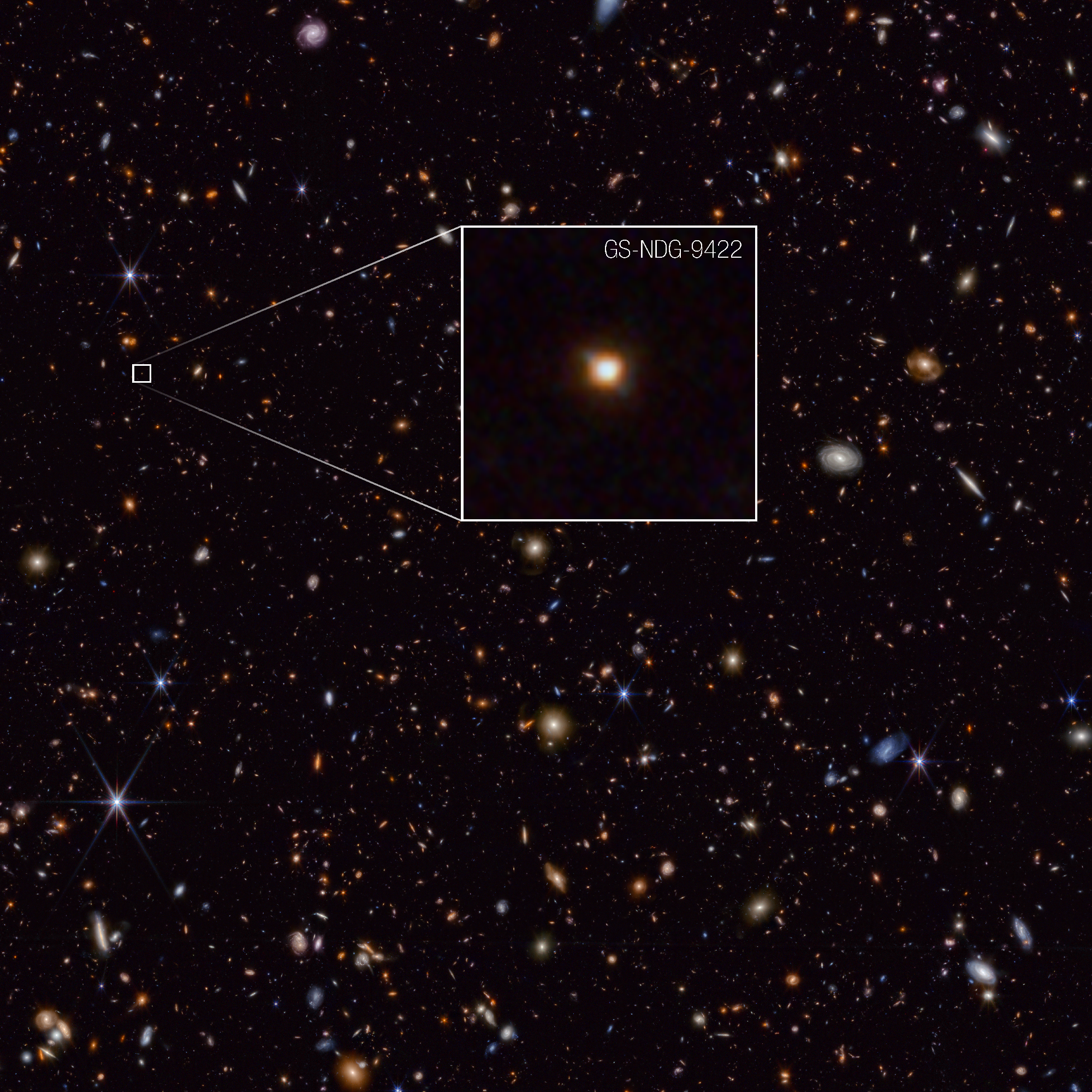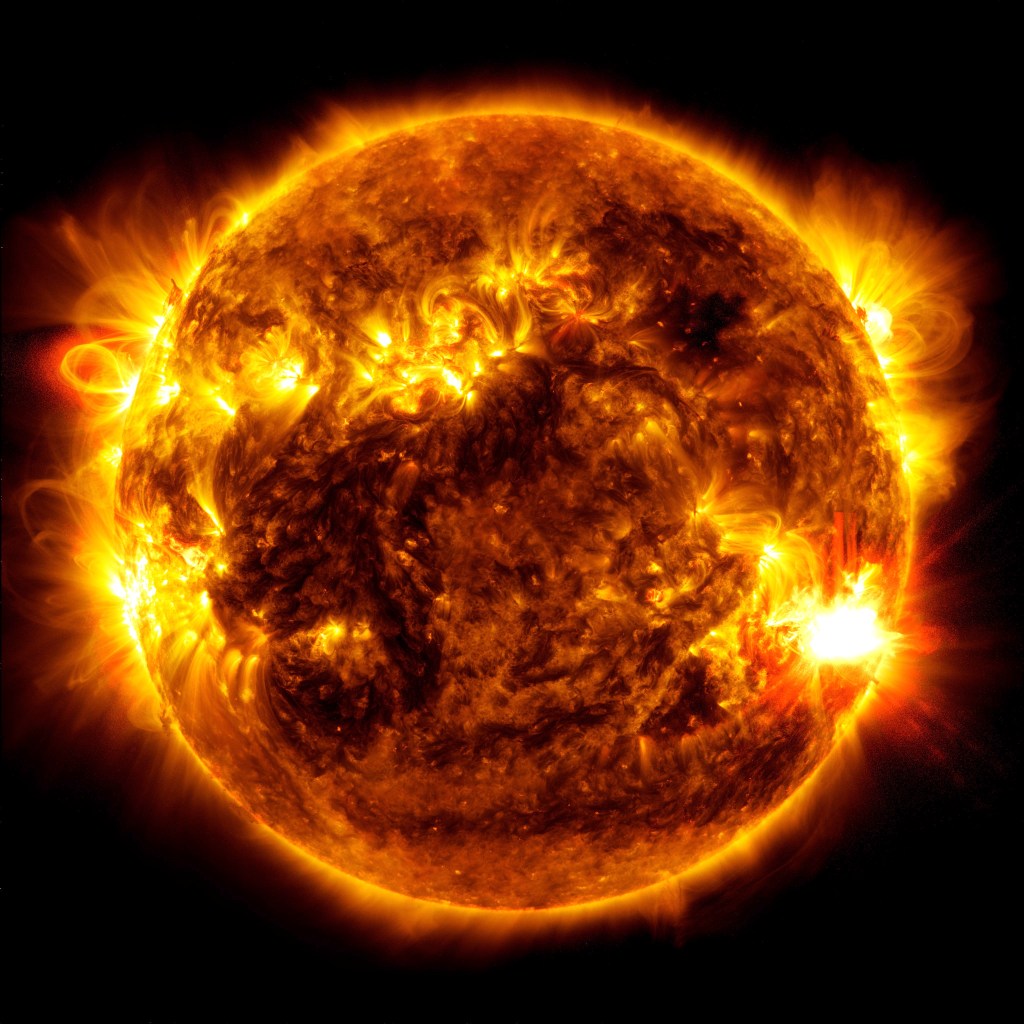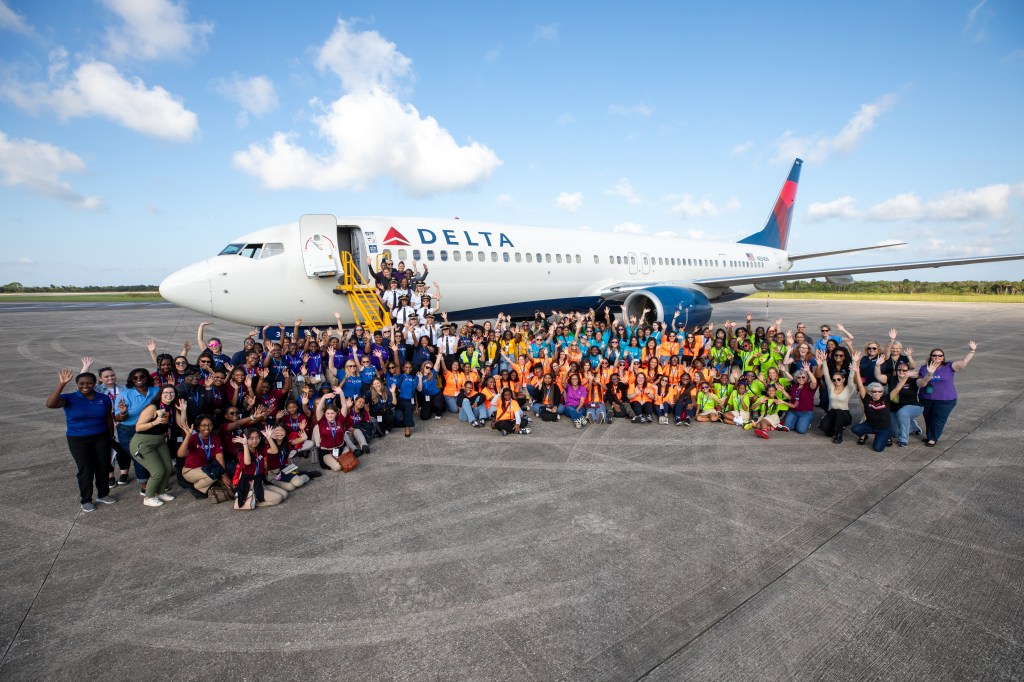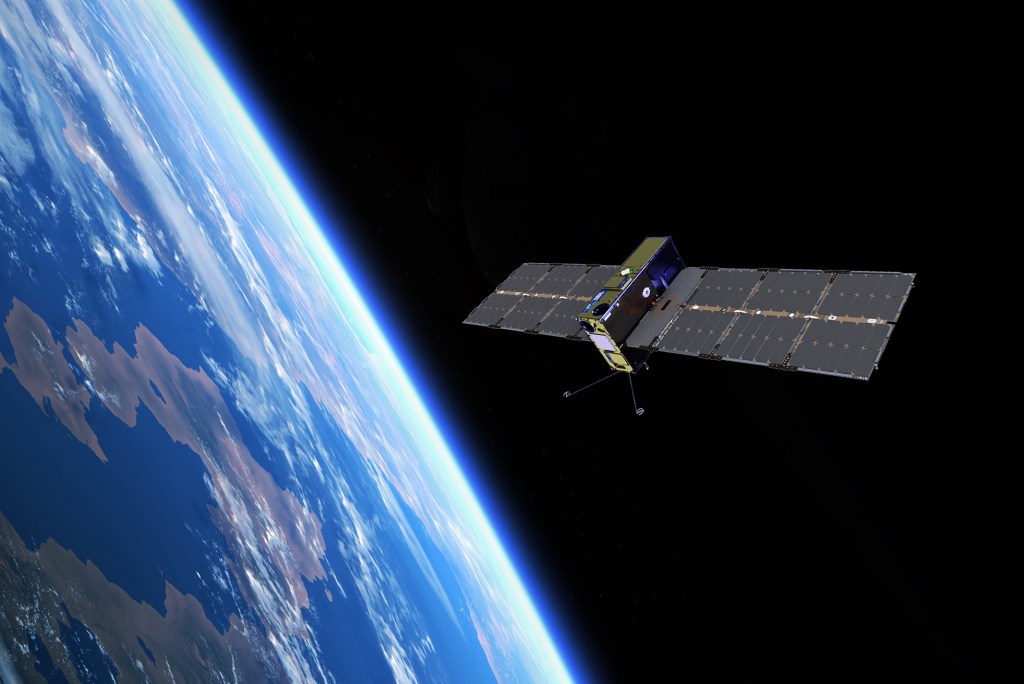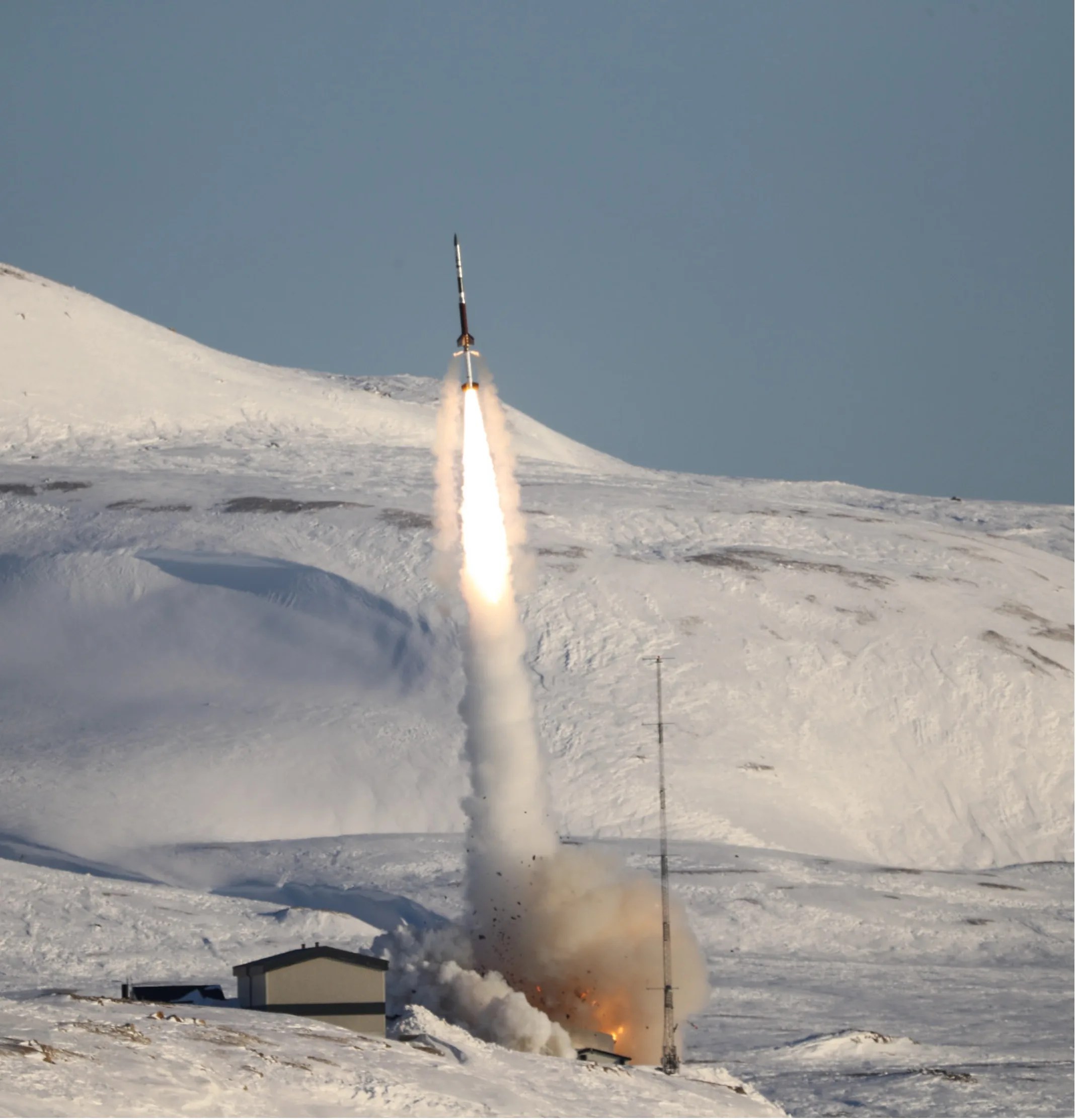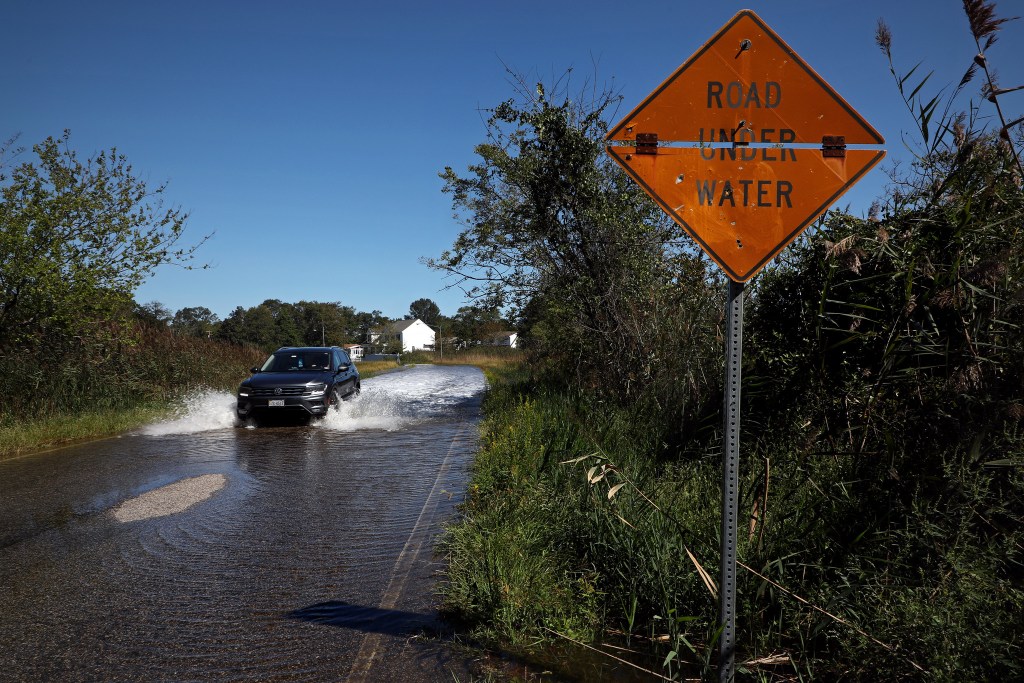Alaska’s serious wildfire situation persists and this NASA/NOAA Suomi NPP satellite image from July 22, 2019 shows the extent of the ongoing fires. To date, Alaska has seen one of its worst wildfires seasons with over two million acres burned (2,068,187 acres). Five hundred seventy four fires have started in the state of Alaska this year. These totals have been provided by the Alaska Interagency Coordination Center’s report of July 23, 2019. In this image the two largest fires are (far left) the Hess Creek Fire which is northwest of Fairbanks and the Chalkyitsik fires seen in the Yukon territory (far right). The Yukon territory itself has seen almost one million acres burned (930,279 acres).
The Hess Creek fire has been burning since June 21, 2019, and was started by a lightning strike. It is located 29 miles southeast of Steven’s Village, AK. The fire is now 173,467 acres in size and shows no signs of abating. In fact, fire growth is expected due to rising temperatures, decreased relative humidity, and high pressure building. Fire continues to be active on the northeast corner. Black spruce and feather moss (two of the fire’s fuels) respond to changing weather conditions. They dry out quickly becoming highly flammable.The warm sunny weather that allowed this vegetation to dry causing more fire active with isolated torching of trees. The fire is presently not contained.
The Yukon territory’s weather remains unseasonably warm bringing with it increasing chances for more active fire behavior. The Alaska Wildland Fire Information website has this information as of July 21: “All four fires of the Chalkyitsik Complex were very active. Two of the largest fires merged after a three-mile wide fire front of the Bearnose Hill Fire (#407) ran seven-miles to the east and northeast and merged with the Frozen Calf Fire (#367) north of the Draanjik River southeast of Frozen Calf Mountain. Firing operations on the southwest corner of the Frozen Calf Fire have prevented the fire from spreading toward Chalkyitsik as it crossed the Draanjik moving south. The north flank of the Frozen Calf Fire continues to spread north toward the Porcupine River but still remains four-miles away from Herbert Village. The Tractor Trail 2 Fire (#348) was active on the east flank as it continued to spread towards the Little Black River. It was also active on its northwest corner spreading into the burn scar of the 2006 Grass Fire, which may slow its advance. The Tettjajik Creek Fire (#424) continued to burn actively as it spreads to the southeast toward the Salmon Fork River.”
NASA’s Earth Observing System Data and Information System (EOSDIS) Worldview application provides the capability to interactively browse over 700 global, full-resolution satellite imagery layers and then download the underlying data. Many of the available imagery layers are updated within three hours of observation, essentially showing the entire Earth as it looks “right now.” Actively burning fires, detected by thermal bands, are shown as red points. Image Courtesy: NASA Worldview, Earth Observing System Data and Information System (EOSDIS). Caption: Lynn Jenner with information from the Alaska Interagency Coordination Center and the Alaska Wildland Fire Information website.

